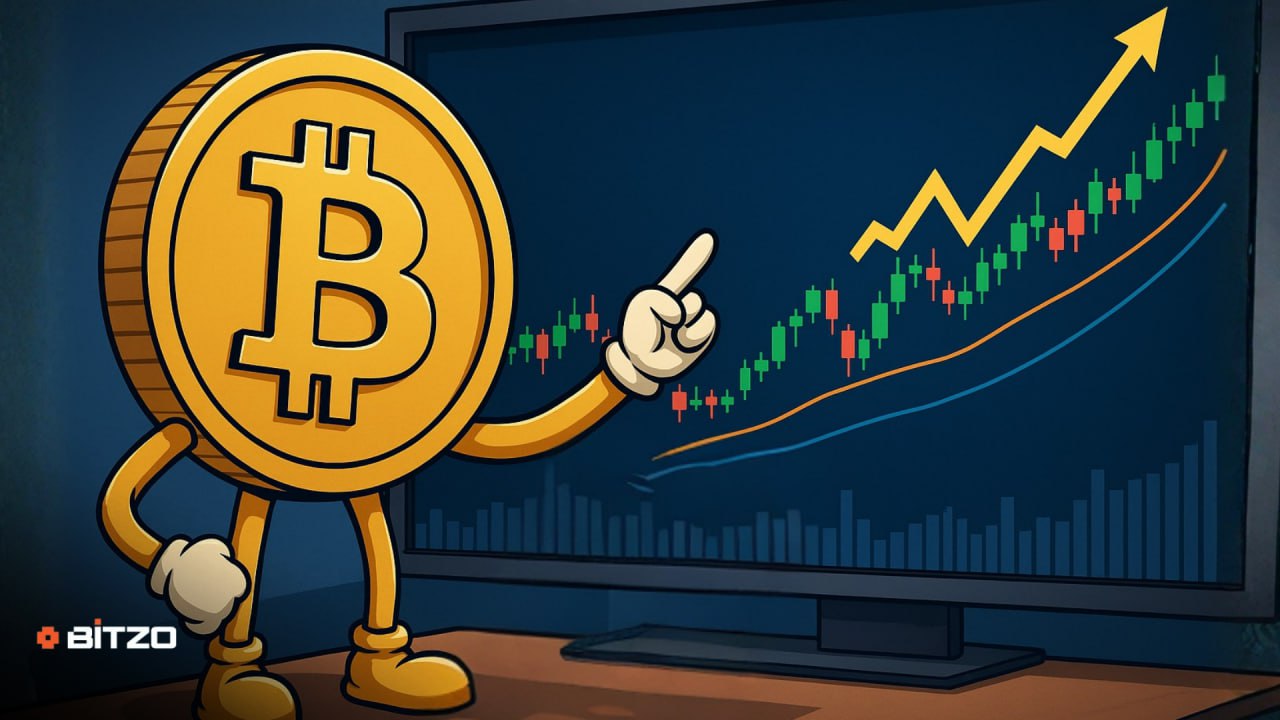Table of Contents
- What Qualifies as a Moonshot
- Key Narratives Driving Moonshots in 2025
- Positioning Moonshots in a Portfolio
- What Tokens Could Be Considered Moonshots in 2025
- TRUE LABS: Web2 Success Going Web3
- Why $TRUE Could be the Next Moonshot:
- Orderly Network: Building Liquidity Infrastructure
- Meteora: The Liquidity Engine of Solana
- Avantis: Derivatives Reimagined
- Plasma: Scaling Beyond Rollups
- Comparing the 2025 Moonshot Set
- Conclusion






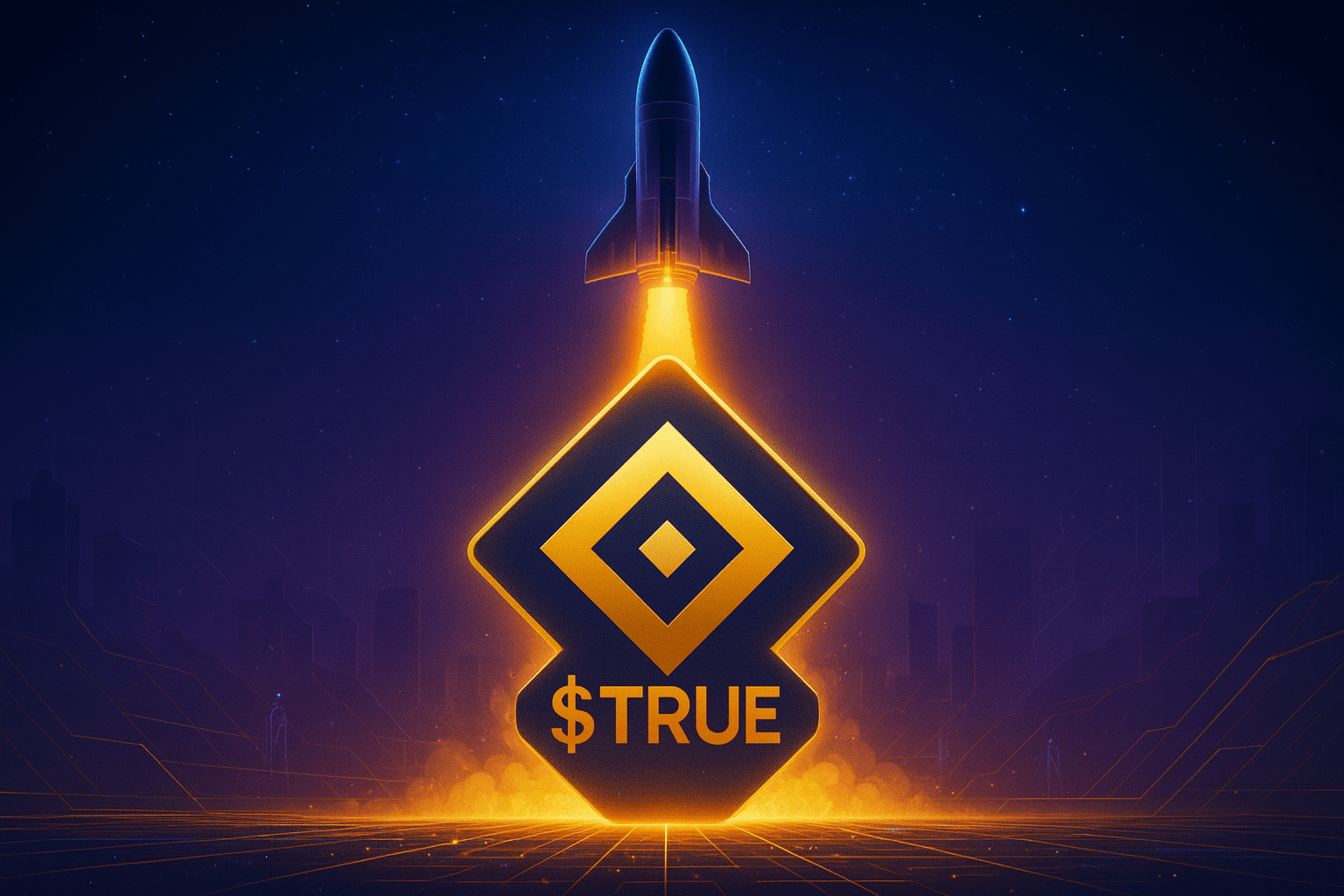
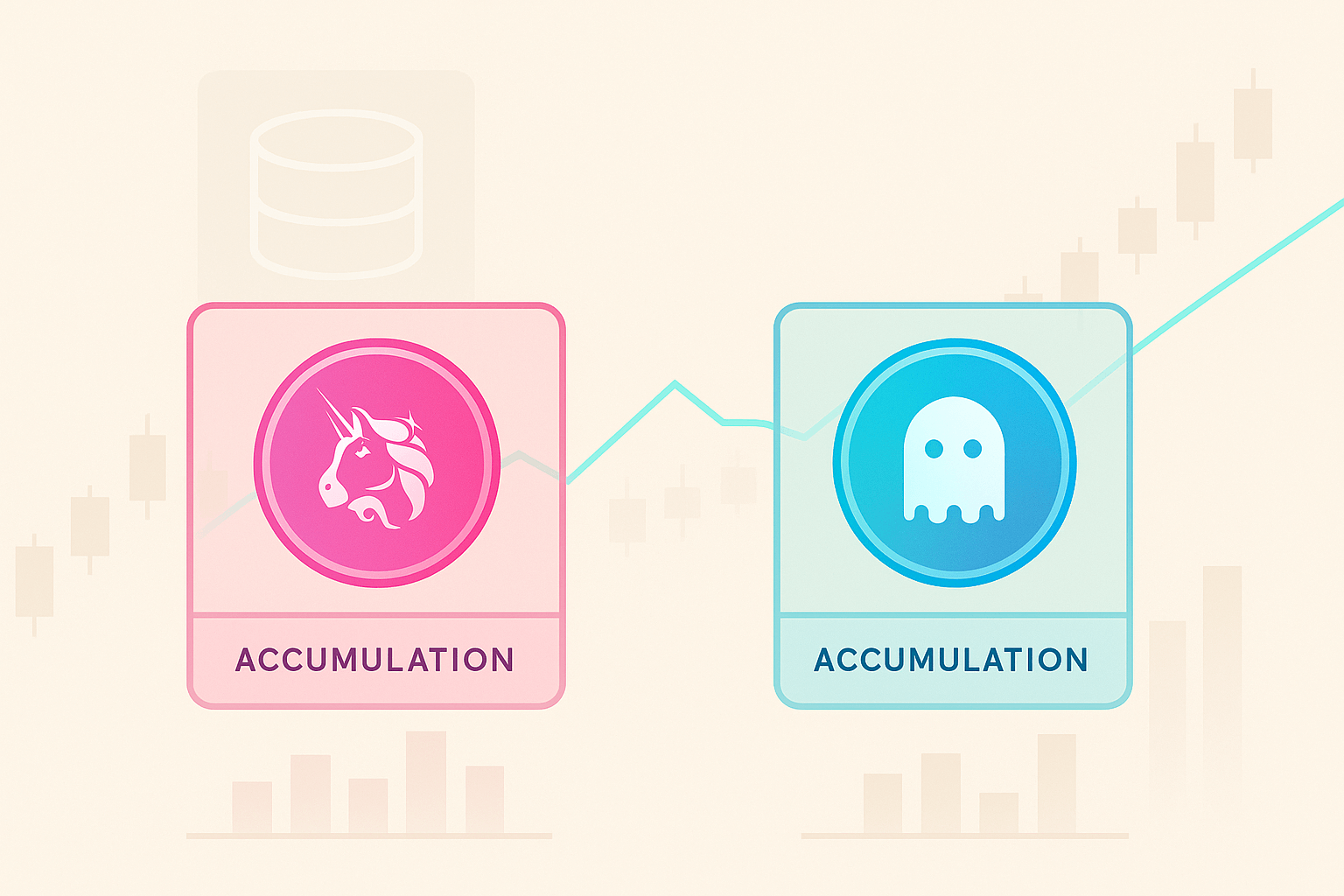

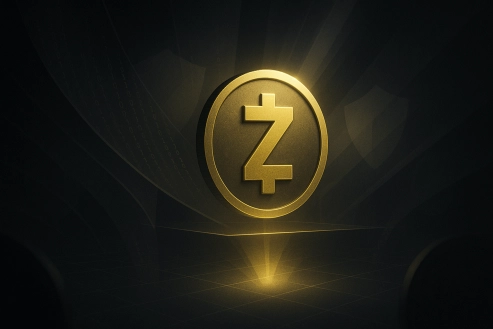
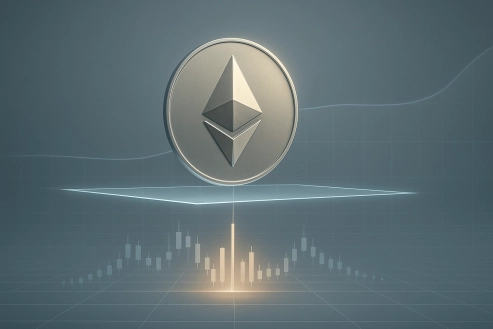
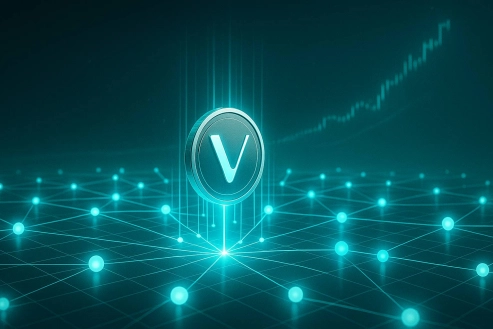
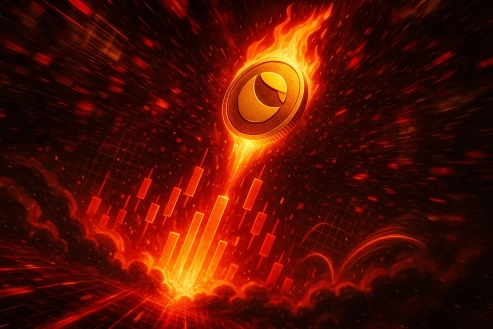


.png)
.png)
